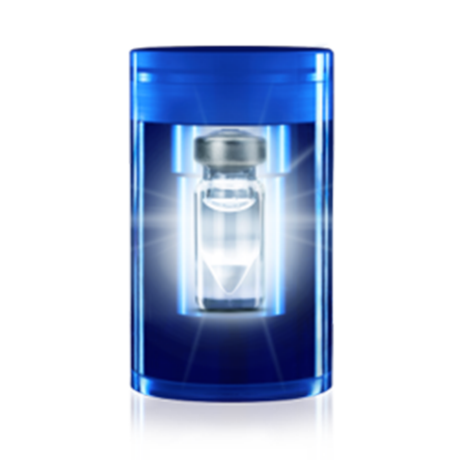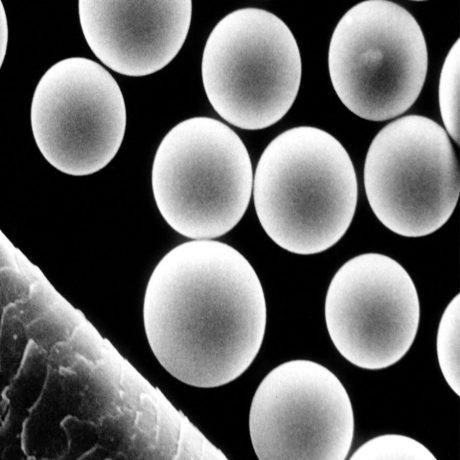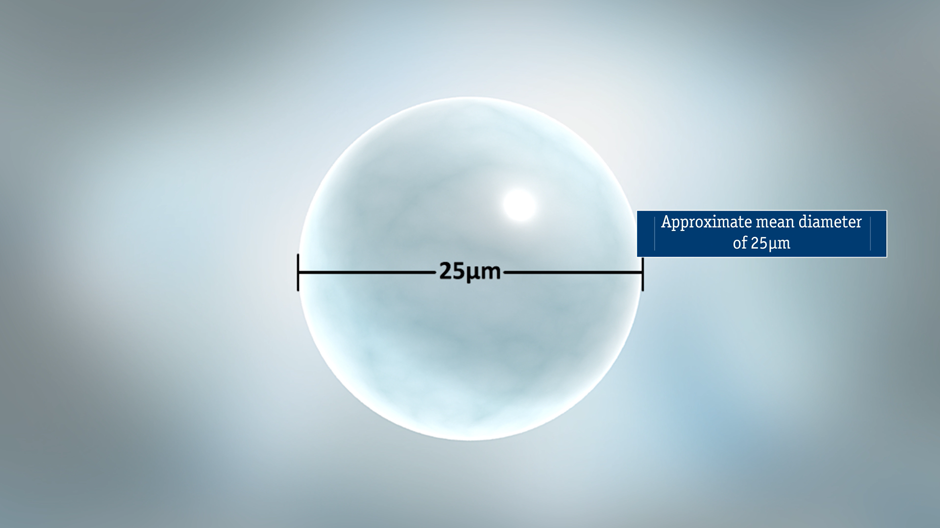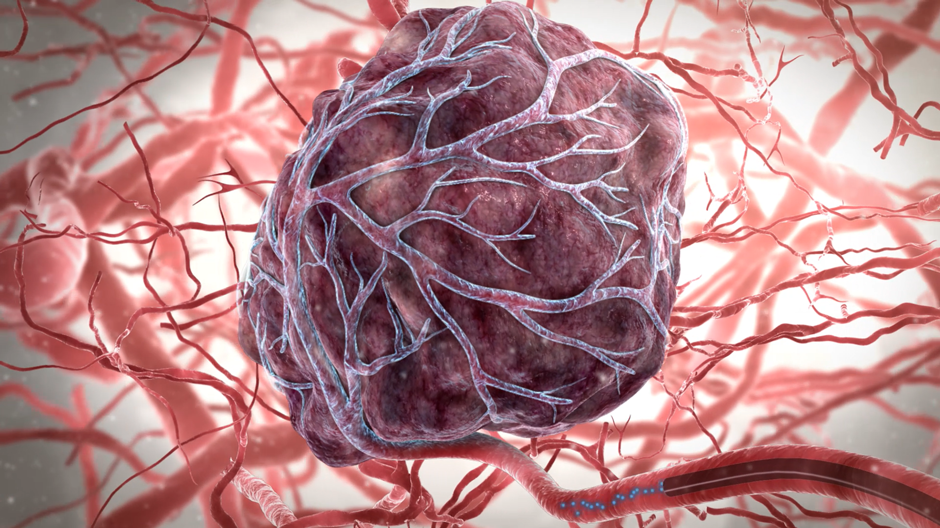INDICATION FOR USE
TheraSphere is indicated for use as selective internal radiation therapy (SIRT) for local tumor control of solitary tumors (1-8 cm in diameter), in patients with unresectable hepatocellular carcinoma (HCC), Child- Pugh Score A cirrhosis, well-compensated liver function, no macrovascular invasion, and good performance status.
CONTRAINDICATIONS
TheraSphere is contraindicated in patients:
- whose Tc-99m macroaggregated albumin (MAA) hepatic arterial perfusion scintigraphy shows any deposition to the gastrointestinal tract that may not be corrected by angiographic techniques
- who show shunting of blood to the lungs that could result in delivery of greater than 16.5 mCi (0.61 GBq) of Y-90 to the lungs. Radiation pneumonitis has been seen rarely in patients receiving doses to the lungs greater than 30 Gy in a single treatment
- in whom hepatic artery catheterization is contraindicated, such as patients with vascular abnormalities or bleeding diathesis
- who have pulmonary insufficiency (conventionally defined by an arterial oxygen pressure (Pa,O2) of < 60 mmHg, or oxygen saturation (Sa,O2) of < 90%) or severe liver dysfunction, including hepatic encephalopathy, clinically evident ascites or treatment with diuretics for ascites
- with portal vein thrombosis (PVT) Type 4 involvement and lack of Tc-99m MAA deposition on the PVT seen on the Tc-99m MAA imaging
- with >70% tumor replacement in the liver
- with comorbidities or poor overall health (e.g., ECOG performance status rating > 2) which may make the patient a poor candidate for locoregional radiation treatment
- who are pregnant
WARNINGS
The following pre-treatment, high-risk factors (disease characteristics) have been associated with serious adverse events deemed possibly related to use of the device:
- infiltrative tumor type
- tumor nodules too numerous to count
- AST or ALT > 5 times ULN
- bilirubin > 2 mg/dL
- tumor volume > 50% combined with albumin < 3 g/dL
Keep the TheraSphere dose vial upright and stored in its lead pot before and during patient treatment, except as required for radiation measurement. Do not open the dose vial acrylic shield prior to patient treatment. Post-treatment, waste materials require caution to prevent contamination and beta shielding due to residual glass microspheres.
PRECAUTIONS
GENERAL PRECAUTIONS
- As in any intra-arterial procedure, aseptic technique should be practiced, and care should be taken to ensure minimum patient anesthesia exposure extraneous to therapeutic objective.
- Consideration of patient comorbidities should be used when determining the type and volume of fluid to infuse via catheter to avoid electrolyte imbalance, fluid shift, and hyperglycemia.
- It is important to avoid any aggressive arterial procedure that may lead to arterial spasm that impairs TheraSphere distribution into the perfused liver target volume which may lead to underdosing or non- target deposition of TheraSphere.
PRECAUTION IN PATIENTS WITH IMPAIRED LIVER FUNCTION
- No efficacy or safety data from the LEGACY study are available to support the use of the device in patients with Child-Pugh score B or C cirrhosis.
PRECAUTION IN VULNERABLE PATIENTS
- No effectiveness or safety data are available to support the use of the device in children or breast-feeding women.
ENDOCRINE DISRUPTION, CARCINOGENICITY, MUTAGENICITY, TOXICITY TO REPRODUCTION
- Ideally the use of this radioactive device in women of childbearing capability should be performed during the first few (approximately 10) days following the onset of menses.
RADIATION SAFETY
- Radioactive products should be used only by healthcare professionals who are qualified by specific training in the safe use and handling of radionuclides and whose experience and training have been approved by the appropriate government agency authorized to license the use of radionuclides.
- As in the use of any radioactive material, ensure minimum radiation exposure to the patient extraneous to the therapeutic objective, and to minimize radiation exposure to workers and others in contact with the patient.
RELEASE AND POST-TREATMENT PRECAUTIONS
- Post treatment patient care: use universal precautions for body fluid contact. Trace Y-90 may be detectible in blood and urine; handle with gloves and dispose as normal body fluids. The radiation field is expected to be less than 1 mrem/h (10 µSv/h) at 3 ft (1 m) from the patient’s abdomen. Supplemental shielding and segregation of the patient are not required to maintain exposure to others below regulated limits.
- Release instructions: The patient should follow good hygiene (e.g., proper hand washing). Caregivers, family, and others do not require restrictions on patient contact; however, they can minimize their radiation exposure by avoiding prolonged time (>12 hours per day) within 1 ft (0.3 m) of the patient’s abdomen for the first week post therapy. Patients should be advised that radiation emitted from the patient may be detectible at security screening (e.g., international travel).
- Special precautions post-administration: If the patient requires hospitalization, surgery, medical assessment or treatment regarding any part of their thorax or abdomen within first 2 weeks of treatment, the patient should advise the hospital and treating physician of the Y-90 TheraSphere implant. The physician should consult their radiation safety staff for handling and disposal of liver tissue.
- Special liver tissue handling: Special liver tissue handling may be required for post-treatment surgery, explant, or transplant since the glass microspheres remain permanently implanted in the liver tissue. Disclosure of the treatment will be required if cremation is considered.







